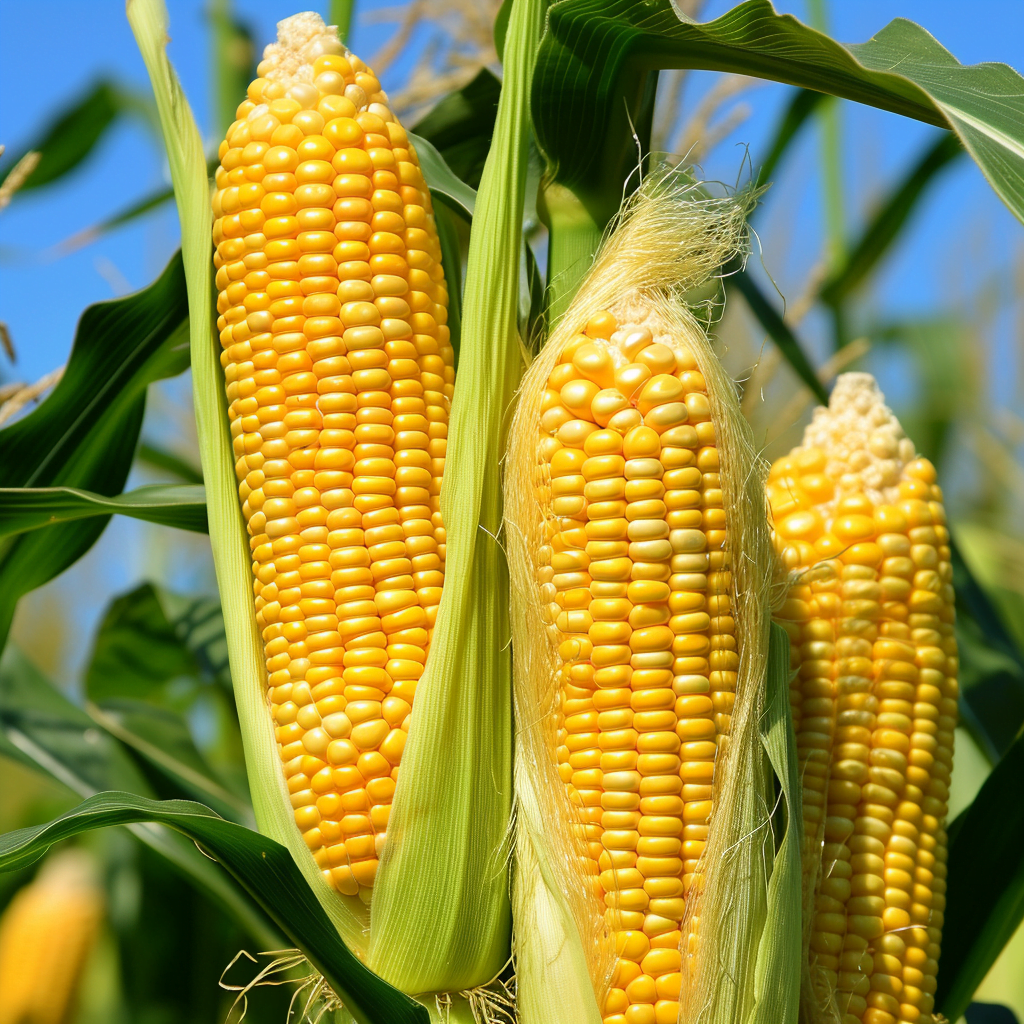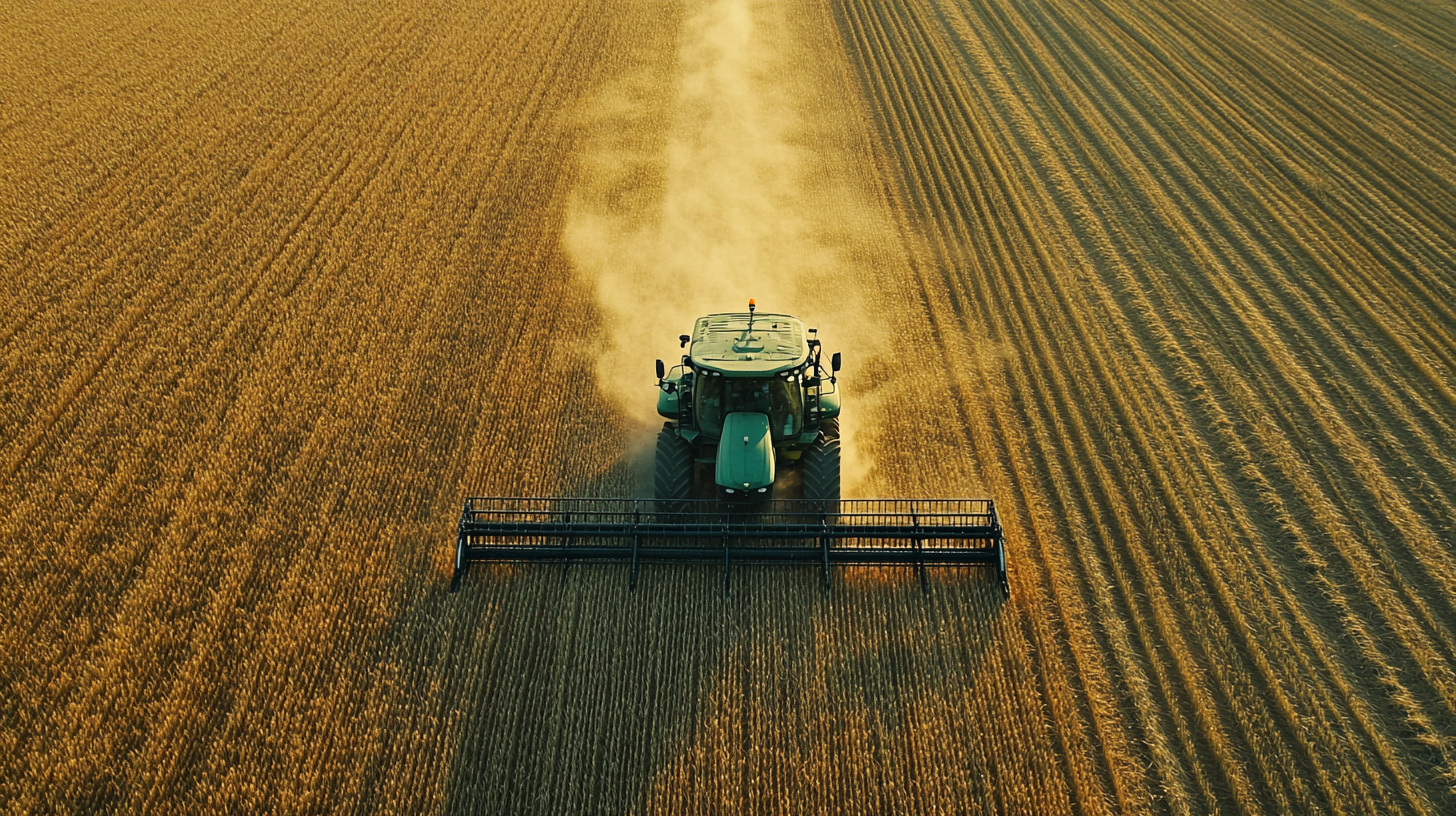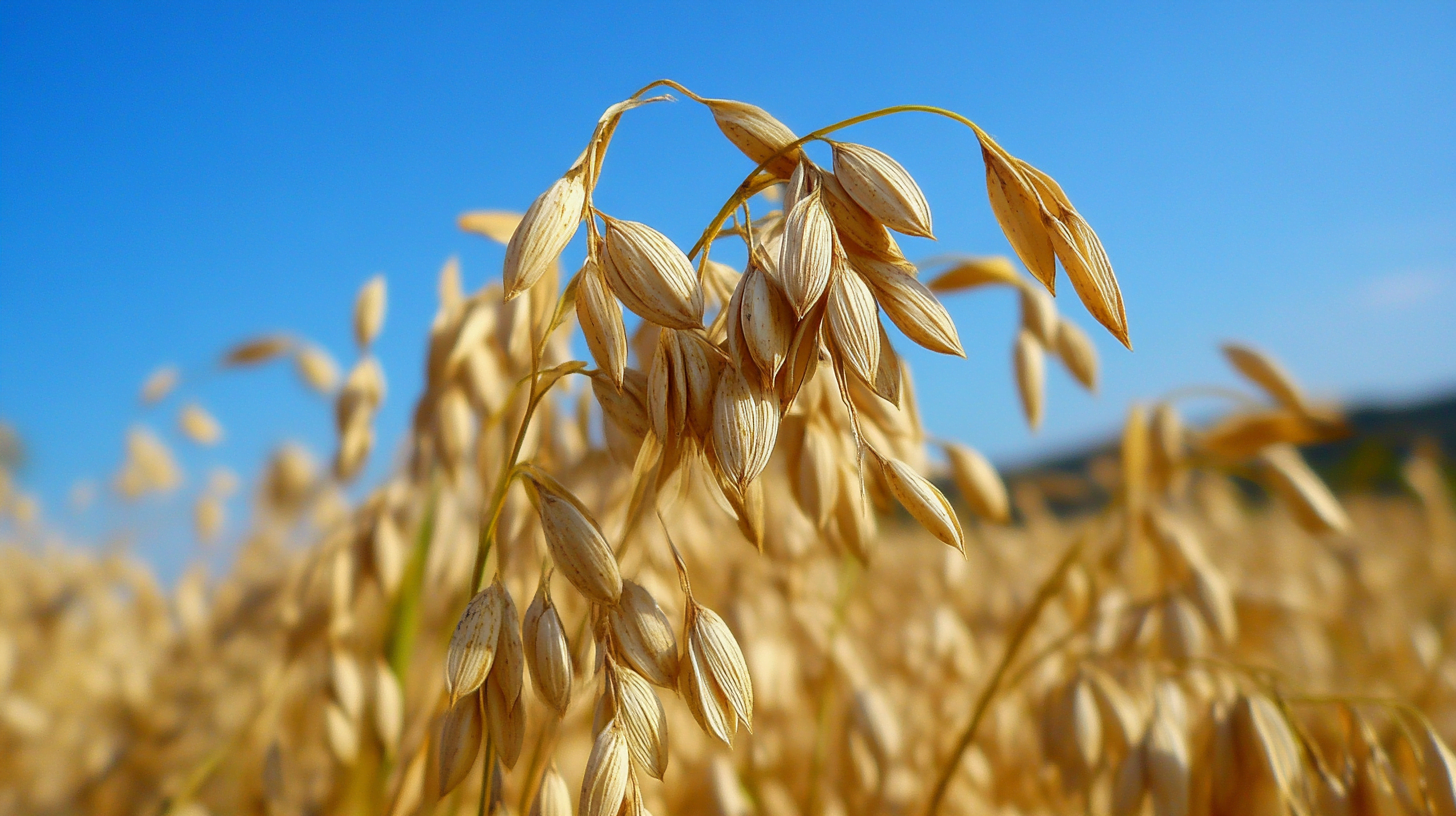Introduction
Corn (or maize) is one of the most widely planted and utilized grain crops in the world. In fact, corn is grown on nearly 180 million hectares of farmlands across the globe, far exceeding any other grain in total production.
The global importance of corn cannot be overstated. Its high yields, resilience, and versatility make it an essential food and feed crop that sustains humans and livestock alike. Corn and its derivatives appear in thousands of everyday products we consume and use. And advanced bioengineering has transformed corn into a renewable fuel source as well.
But which country produces the most corn? When it comes to total production, one country dominates above all others – the United States. America’s vast tracks of prime corn-growing land combined with intensive farming technology and practices allow it to outproduce every other nation by a wide margin.
In this comprehensive guide, we’ll explore corn production worldwide and rank the leading producers. You’ll learn:
- The immense scale of U.S. corn production and why no other country comes close
- Which nations take the next top spots and their reasons for large corn outputs
- Profiles of other significant corn producing countries around the world
- Factors that may shift corn production trends in the future
Reviewing the global breakdown of corn production gives key insights into agricultural policies, food security, commodity markets, biofuel industries, and much more spanning countries across every continent. Let’s dive into the data!
#1 Corn Producer: The United States
The United States is the world’s leading corn producer by far. The U.S produces over 35% of the global corn supply, consistently generating over 300 million metric tons per year. To put America’s enormous corn production into perspective:
- The United States grows more corn every year than the combined production of China, Brazil, Argentina, and Mexico – the next four highest producing nations.
- Just three U.S. states – Iowa, Illinois, and Nebraska – each produce more corn individually than the entire country of China.
- If averaged across all U.S. corn acreage, yields exceed 9.4 metric tons per hectare – the highest in the world.
Several key factors explain why American corn dominates global production:
Favorable Geography and Climate
- The U.S. contains over 32.5 million hectares of prime corn farmland, mostly across the Midwest “Corn Belt” region.
- Moderate rainfall patterns and consistent summer heat across the Corn Belt support incredibly high corn yields.
- Major river systems like the Missouri and Mississippi provide inland transportation routes to export surplus corn.
Advanced Farming Infrastructure and Technology
- Widespread access to irrigation systems, drainage tiles, and other emerging technologies like GPS planting boost yields.
- Investments in storage facilities, roads, railways, and ports facilitate moving massive corn volumes to market.
- Rapid innovation and adoption of new corn farming research keeps the U.S. on the cutting edge.
Government Subsidies and Crop Insurance
- Billions in annual government payments reduce risks and incentivize corn production.
- Subsidized crop insurance protects farmers against losses from weather, pests, and market fluctuations.
High Corn Demand Across Industries
- 43% of the U.S. corn crop goes to feed livestock in the country’s massive meat production system.
- 36% gets processed into oils, sweeteners, starches, and other ingredients for thousands of food products.
- 13% is used to produce ethanol fuel to meet renewable energy mandates.
This perfect storm of optimum growing conditions, production infrastructure, and huge demand drivers makes the American corn industry unrivaled. The United States looks poised to continue dominating global corn output for the foreseeable future.
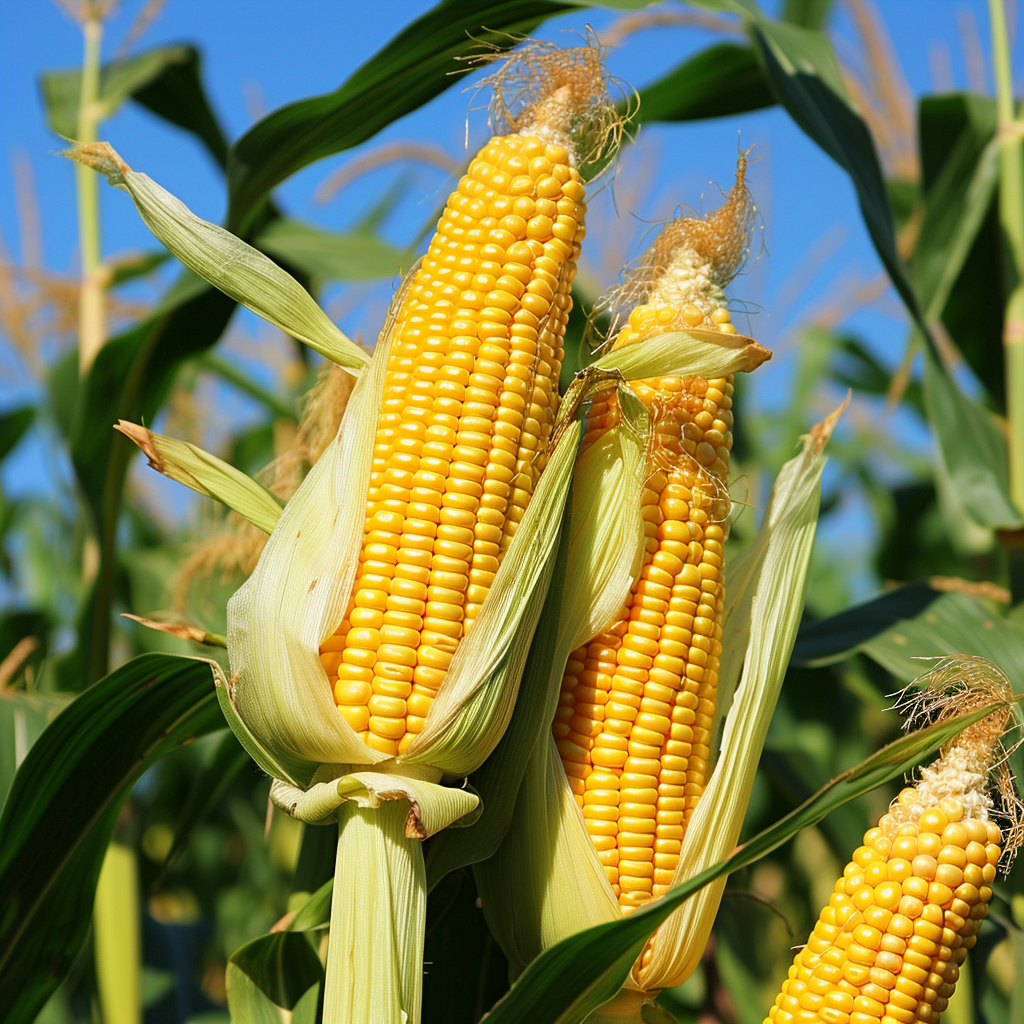
#2 Corn Producer: China
While still only half the production of the United States, China comes in second for total corn output at around 260 million metric tons annually. The vast majority of Chinese corn comes from smallholder farms across northern provinces like Hebei, Shandong and Henan.
Corn has always been a staple grain crop in China. But corn production rose rapidly from the 1960s onward to keep pace with surging population growth and evolving food demand. Despite smaller scale farming, reasons for China’s sizable corn output include:
Huge Scale of Cultivation
- China grows corn on over 41 million hectares – 25% more land than the entire U.S. corn belt.
- Government initiatives incentivize corn planting, even on marginal lands unsuited for other crops.
Hybrid Breeding and Biotech
- Public and private corn breeding produces high-yield hybrids adapted to northern Chinese growing conditions.
- Biotech traits from companies like Syngenta improve yields and reduce losses to pests.
Trading and Land Acquisitions
- China imports feed corn and secures foreign farmland to supplement domestic production.
- Major deal with Ukraine contracts 3 million hectares for Chinese corn cultivation.
However, since Chinese corn is predominantly grown on tiny household plots, average yields per hectare are around 45% lower than U.S. yields. Chinese agriculture policy seeks to increase domestic corn production through both higher yearly hectare yields and expanding corn’s planting area further.
#3 and #4 Producers: Brazil and Argentina
Brazil and Argentina take the 3rd and 4th spots for global corn production, though still significantly trailing China and the U.S. As dominant agricultural forces in South America, both countries leverage highly mechanized farming sectors, advanced agribusinesses, and government policies supporting grain production to generate around 35 million metric tons of corn annually each.
Reasons for their large outputs include:
Huge Row Crop Acreage
- Brazil dedicates over 20 million hectares to corn – its second most planted crop after soybeans.
- Argentina grows corn on around 6 million hectares, making it the country’s most widely seeded crop.
Tropical Hybrids and GMOs
- Seed companies develop corn hybrids and GMOs engineered for tropical climates and high productivity.
- Over 80% of corn grown in Argentina and Brazil relies on genetically modified seeds.
Growth in Meat Production
- Most Brazilian and Argentinian corn goes to feed livestock as the countries rapidly expand meat production and exports.
- This provides a huge domestic market able to absorb big jumps in corn output.
Both nations also tap into prime grain farmlands across central regions like Brazil’s interior Cerrado. However, expansion of corn acreage contributes to deforestation of ecologically important biomes. Still, Brazil and Argentina present major growth opportunities for corn production as global demand rises.
Other Notable Corn Producers
Several additional countries also stand out for their sizable corn outputs:
Mexico – A top 5 corn producer, Mexico generates around 28 million metric tons annually. As the birthplace of corn domestication, it remains both a dietary staple and cultural icon. Corn varieties bred over thousands of years thrive in Mexico’s varied microclimates.
India – With continual increases in yields and acreage, India has emerged as a leading corn producer at over 25 million metric tons per year. Indian corn provides food security and livestock feed across the densely populated country.
Ukraine – Ukraine’s legendary fertile black soil supports over 20 million metric tons of annual corn production, making the country a globally significant corn exporter. High-quality corn from Ukraine’s plains supplies European Union markets.
South Africa – As a robust agricultural economy, South Africa produces over 15 million metric tons of corn each year. Roughly 40% goes to feed South Africa’s sheep and cattle for meat and dairy production.
Indonesia – With a tropical climate ideal for corn coupled with programs to expand cultivation, Indonesia grew over 19 million metric tons in 2020, securing a position among the world’s top producers.
While not matching the immense scales of the U.S. or China, these countries make vital contributions to global corn supply through their sizable outputs tailored to domestic and regional needs.
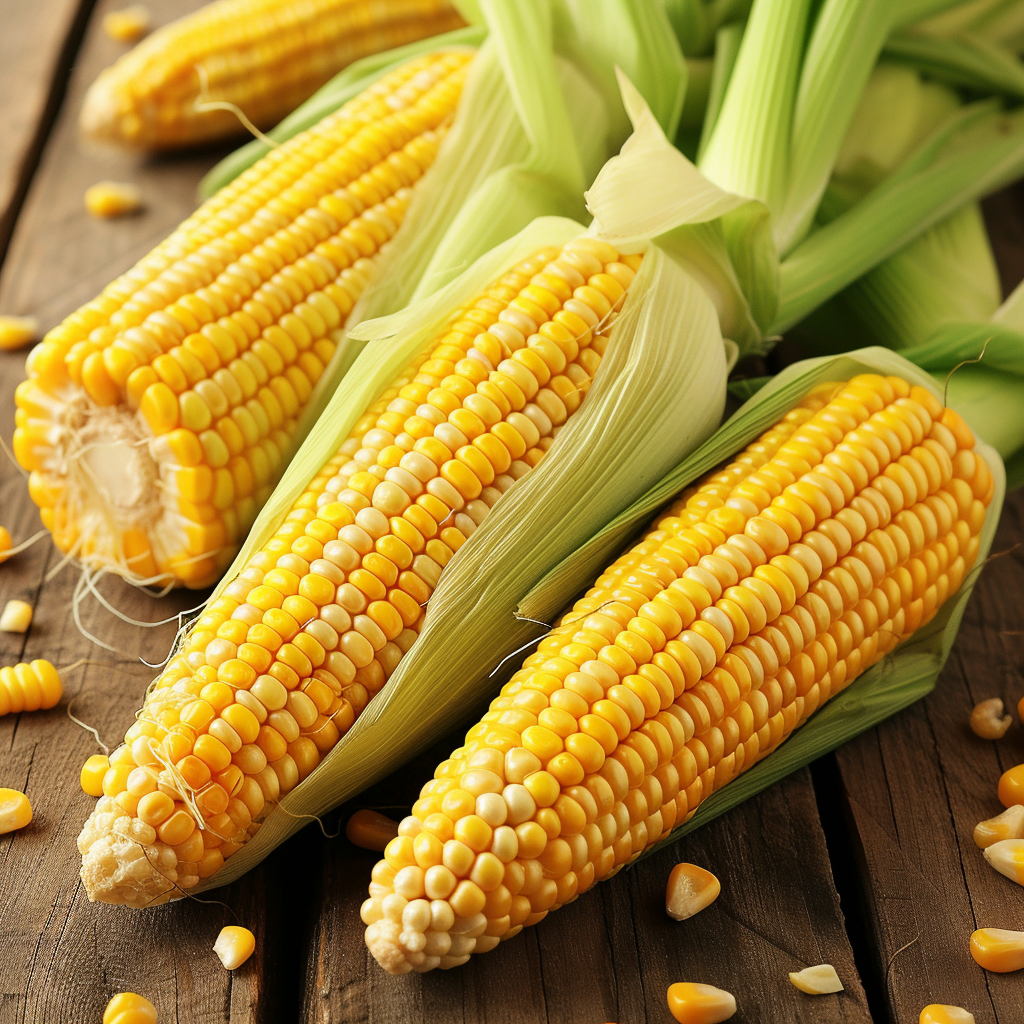
Factors Impacting Corn’s Future Worldwide
Several key forces have the potential to shift corn production and the ranks of leading producing nations in the years ahead:
Rising Global Demand
- Demand for corn-based biofuels, livestock feeds, and processed foods continues accelerating in emerging economies.
- This pulls more land into corn cultivation unless yields dramatically improve in existing acreage.
Climate Change Challenges
- As the climate warms, heat waves, droughts, and other extremes may decrease corn yields in currently ideal growing regions.
- But warmer temperatures also open opportunities in previously inhospitable far northern areas.
Pressures on Farmland
- Urbanization and erosion diminish available farmland in some traditional corn zones like China.
- But frontier regions like Brazil’s Cerrado offer spaces for potential corn expansion.
Funding for R&D
- Private sector and public investments in corn breeding R&D can develop higher yielding, more resilient genetics.
- But research requires long-term financial commitments before paying off.
Global Economic Forces
- Spiking oil prices increase demand for corn ethanol, potentially incentivizing production.
- But market downturns also disrupt corn export revenues farmers rely on.
Governement Policies and Subsidies
- Governments heavily shape their domestic corn industries through subsidies, trade policies, and biofuel blending mandates.
- Support programs that insulate farmers from market volatility incentivize greater corn planting.
- But taxpayer funded subsidies also face pressure from budget constraints and competing interests.
Technology Innovations
- Precision agriculture, GPS, robotics and other emerging technologies may continue to drive up U.S. corn yields.
- But most developing nations lack access to these advanced systems due to infrastructure gaps and costs.
Sustainability Concerns
- Heavy use of fertilizers and pesticides in corn systems raises environmental issues that could tighten regulations.
- But sustainably produced corn could also see increased demand from eco-conscious markets.
Competition for Farmland
- As global appetites for meat rise, more cropland may convert to soybeans for animal feed instead of corn.
- But corn’s numerous food and industrial uses ensure it will remain highly favored by farmers.
Corporate Concentration
- Just a few conglomerates like Cargill and Bunge dominate the worldwide trade and processing of corn.
- The power of these giant corporations over the corn industry continues to grow.
In reality, no single factor will dramatically swing global corn production one way or another. The complex interplay of these forces combined will determine if current leading producers like the U.S. and China maintain dominance or if other nations emerge as contenders in the future corn economy.
Leading Corn Production Nations at a Glance
- United States – #1 producer globally, over 300 million metric tons annually
- China – Distant second at around 260 million metric tons per year
- Brazil – Consistently ranks #3, producing about 35 million metric tons
- Argentina – Similar output to Brazil, contributing heavily to global exports
- Mexico – Among top 5 producers with over 28 million metric tons per year
- India – Steadily increasing production, now at over 25 million metric tons annually
- Ukraine – Major supplier to European markets at over 20 million metric tons
- South Africa – Key regional producer with over 15 million metric tons
- Indonesia – Rapidly growing output, exceeding 19 million metric tons in 2020
Conclusion
It’s clear that while American corn production reigns supreme, many nations around the world play vital roles in the global corn industry. Understanding where and why corn is cultivated on such vast scales gives unique insight into food systems, agricultural policies, supply chains, and more spanning the planet.
Looking ahead, a confluence of forces from population growth to climate change will shape the future of global corn production and determine if any country can challenge the United States’ seemingly unassailable lead. Only time will tell exactly how the worldwide landscape of this indispensable grain crop will evolve in the coming decades.
